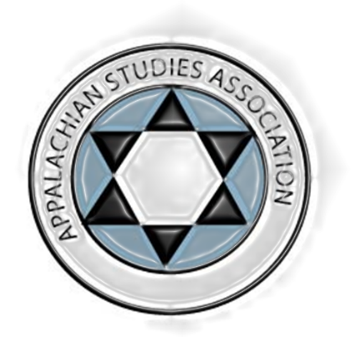Participation Type
Paper
Session Title
Session 10.03 Education
Designing on a Dime: Creating a Virtual Presence for Non-Profit Organizations
Presentation #1 Abstract or Summary
Art and design influences our everyday lives and with the availability of technology, most of this influence occurs via the internet. People respond to websites that are visually appealing, easy to navigate, and offer engaging information. This presentation documents a service learning project designed to help the Haldeman Community Center After School Program in Rowan County, Kentucky establish a virtual presence so that they can easily share their message and work with the community. Different approaches to creating a functioning and efficient community website are discussed, including display of the center’s logo, digital flyers of upcoming events, and information such as oral history interviews related to the history of the center. Providing information for those who wish to volunteer or contribute to the After School Program and linking to social media sites is also covered.
At-A-Glance Bio- Presenter #1
Julieann Helton is a junior Undergraduate Research Fellow at Morehead State University where she is majoring in art with an emphasis in graphic design. Julieann has been developing materials to assist with public awareness and fund raising for the Haldeman After School Program for the past two years.
Designing on a Dime: Creating a Virtual Presence for Non-Profit Organizations
Art and design influences our everyday lives and with the availability of technology, most of this influence occurs via the internet. People respond to websites that are visually appealing, easy to navigate, and offer engaging information. This presentation documents a service learning project designed to help the Haldeman Community Center After School Program in Rowan County, Kentucky establish a virtual presence so that they can easily share their message and work with the community. Different approaches to creating a functioning and efficient community website are discussed, including display of the center’s logo, digital flyers of upcoming events, and information such as oral history interviews related to the history of the center. Providing information for those who wish to volunteer or contribute to the After School Program and linking to social media sites is also covered.

